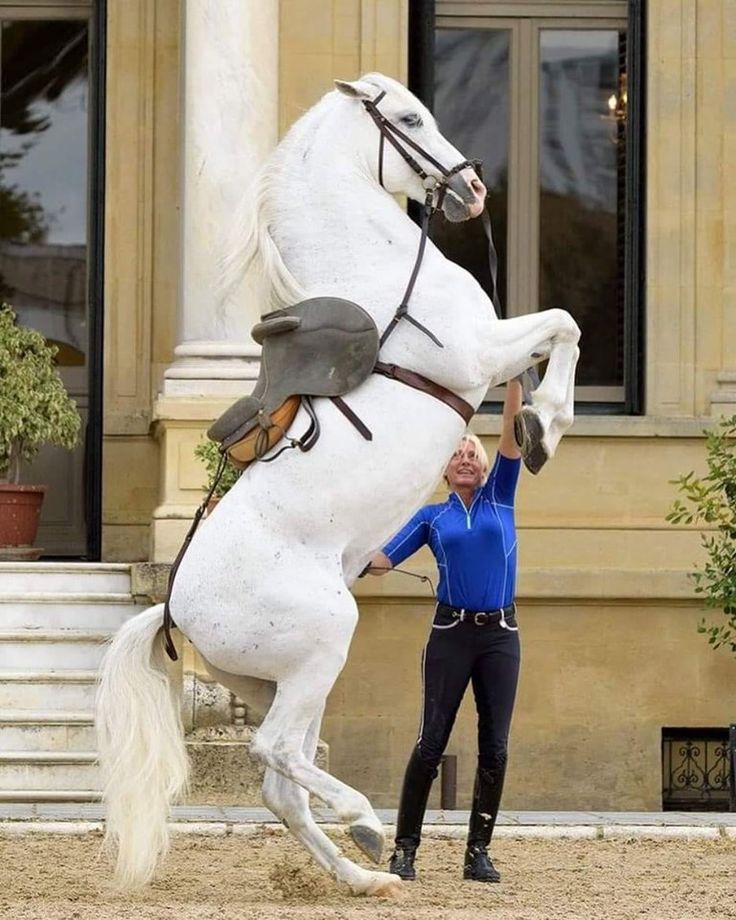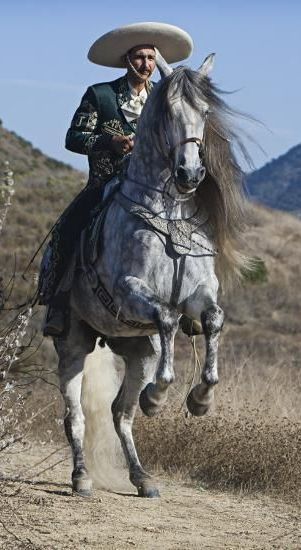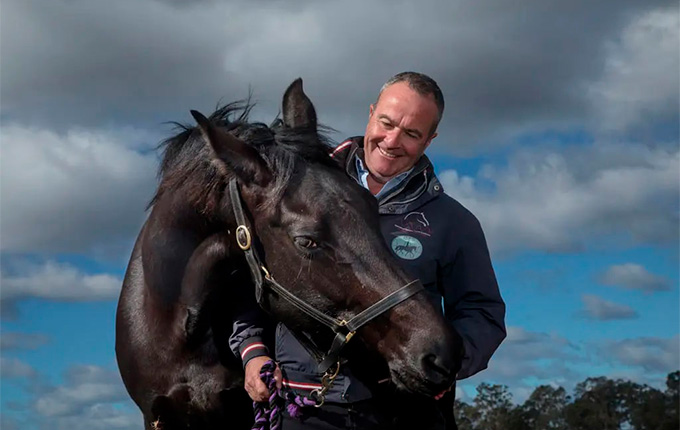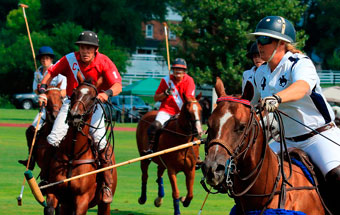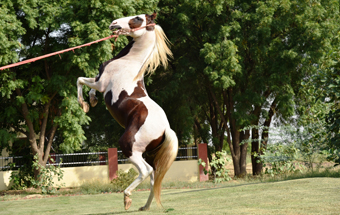Horse Rearing Behavior: A Complex Phenomenon
When a horse rises on its hind legs, what some might see as rebellion or a spectacle is, in fact, a complex behavior rooted in natural instincts, genetics, and interactions with its environment. Understanding why this phenomenon occurs not only helps manage it better but also deepens our grasp of equine psychology and behavior.

A Defensive and Survival Behavior
Rearing is part of a set of natural responses known as "flight responses" in horses. These include resisting, dodging, side-stepping, or even rearing. This particular action often occurs when a horse faces a situation it perceives as dangerous or confusing, frequently due to conflicting signals during training.
For example, if a rider uses their legs to push the horse forward while simultaneously pulling the reins to stop it, the horse might feel cornered. In this state of conflict, the horse may resort to what seems like its only solution: rising on its hind legs. This behavior reflects its animal instincts, attempting to resolve perceived pressure from two opposing directions.
Negative Reinforcement as a Trigger
Aside from instincts, this behavior can inadvertently be reinforced. If rearing leads to a release of pressure from the reins or the rider's legs, the horse interprets this as a positive outcome, reinforcing the habit. Over time, this learned response can become challenging to eliminate without proper intervention.
Experienced riders understand that the key to avoiding such negative reinforcement is maintaining control and not releasing pressure in a way the horse interprets as a reward. Instead, techniques to prevent rearing should guide the horse toward more desirable behaviors, such as turning sideways or moving forward.
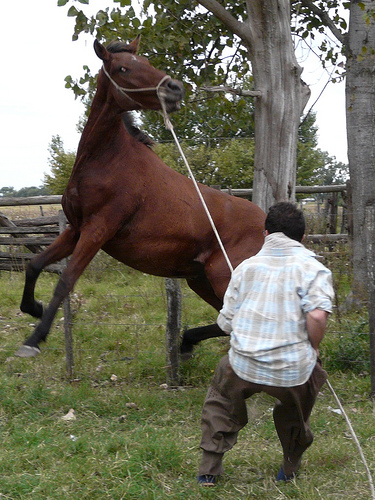
An Evolutionary Legacy: Fight or Flight?
The tendency of some horses to rear has deep evolutionary roots. Their ancestors, depending on their environment, developed different strategies to handle predators.
In colder climates, where wolves were primary predators, horses learned to stand their ground and confront them. Wolves, known for their endurance and ability to chase over long distances, were rarely outpaced by speed alone. In such cases, rearing and striking became effective defense tactics.
Conversely, horses adapted to warmer climates, where large cats were the dominant predators, developed the strategy of quick escape. Big cats, while fast, lack endurance and often ambush their prey by leaping onto their backs. Here, rapid flight was the best survival strategy.
Today, most domestic horses are a mix of these adaptations. However, certain breeds lean more toward one behavior or another based on their predominant genetics. For instance, Warmbloods, with traits adapted to colder climates, are more prone to rearing, while Thoroughbreds, with traits from warmer regions, resist differently. This highlights the genetic factors influencing equine behavior.
Play: Preparing for Adulthood
Rearing isn’t always linked to stress or conflict; foals often rear during play. These movements, seemingly simple acts of fun, are actually practice for maneuvers critical to their survival in the wild. Foals play by rearing, biting, chasing, and performing actions that mimic real-life challenges. While such behaviors aren’t necessary in domestic life, practicing them aids in developing physical and social skills. However, if unmanaged, this type of play can carry over into training environments, posing challenges for riders.
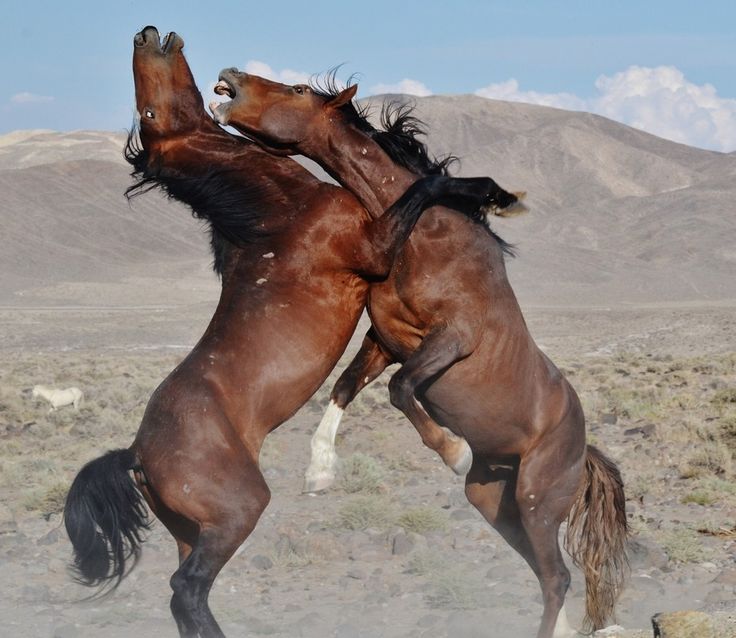
Contributing Factors to Rearing
- Conflicting signals during training: As mentioned, inconsistent commands, like pushing with the legs while pulling the reins, cause confusion and conflict.
- Horse anxiety: Horses are highly sensitive to their rider’s emotions. A nervous or tense rider, especially in competitions or unfamiliar settings, can prompt rearing.
- Inadequate training: A horse not properly trained to respond to basic aids (rider signals) is more likely to resort to undesirable behaviors.
- Genetics: As discussed, a horse’s genetic makeup can affect its propensity to rear. Certain breeds are more predisposed to this behavior.
- Early experiences: A foal’s initial interactions with humans significantly shape its future behavior. If it learns to resist or flee during these formative experiences, it’s more likely to rear later.


 German
German French
French Spanish
Spanish